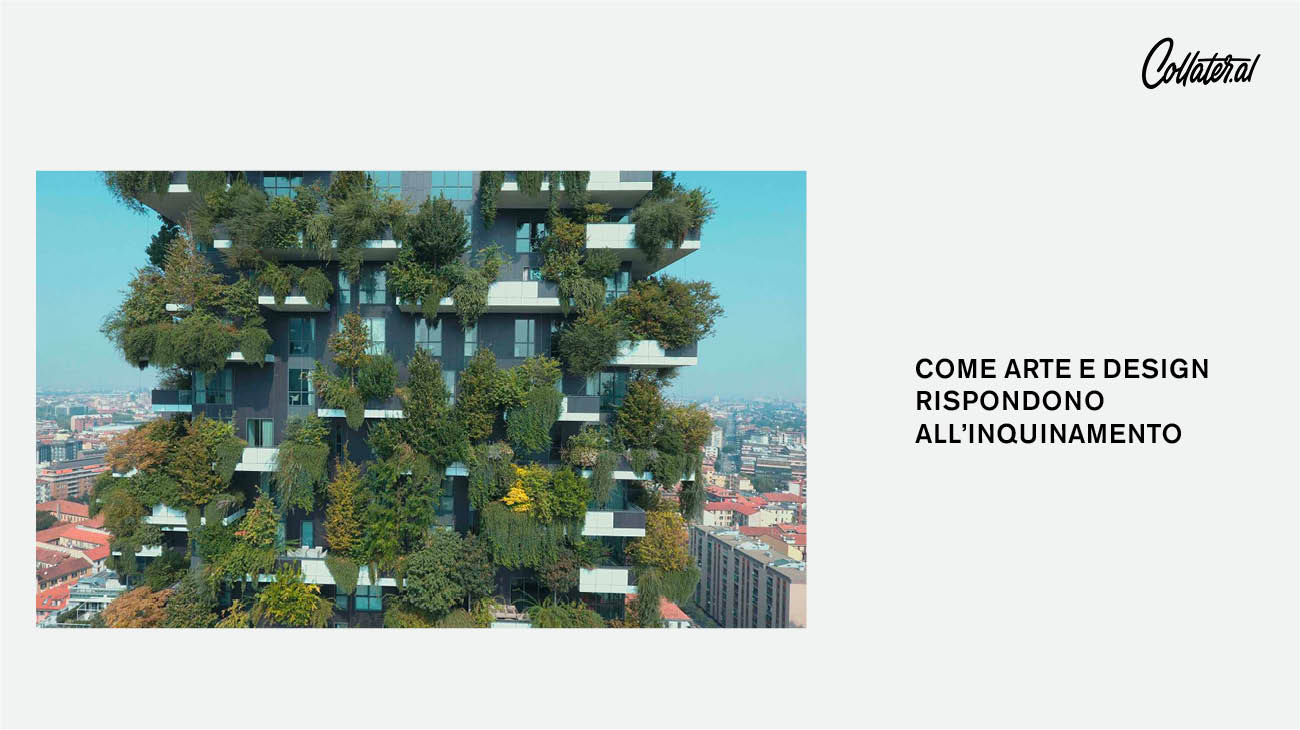
Within the Collateral website, an article titled “How Art and Design Respond to Pollution” mentions the Bosco Verticale in Milan, designed by Boeri Studio, as an example in the field of architecture and urban planning.
Linked to pollution data in Northern Italy, especially in the city of Milan, the article focuses on how architecture and design try to concretely address the problem.
“We now know that cities play a crucial role in shaping the future of our planet, being responsible for 75% of CO2 emissions. And in cities, we must take action. Large cities have the opportunity to become an integral part of the solution to climate change and environmental issues that are influencing our everyday lives, integrating nature, safeguarding existing greenery, and increasing the number of forests,” stated Stefano Boeri.
In this context, the concept of the Vertical Forest, being “a home for trees that also accommodates humans and birds,” defines the prototype of a new biodiversity architecture, placing not only humans but the relationship between humans and other living species at its core. The two towers of Porta Nuova collectively host 800 trees (480 large and medium-sized trees, 300 smaller ones, 15,000 perennial and/or ground-cover plants, and 5,000 shrubs). The vegetation is equivalent to that of 30,000 square meters of forest and undergrowth, concentrated on 3,000 square meters of urban surface.
